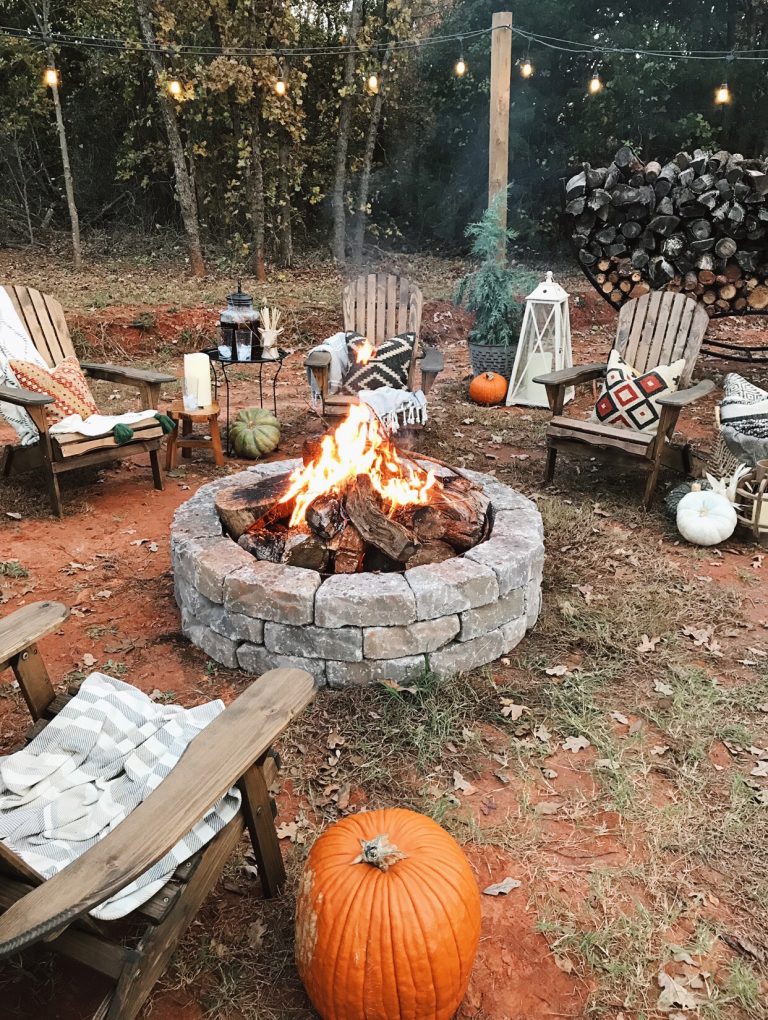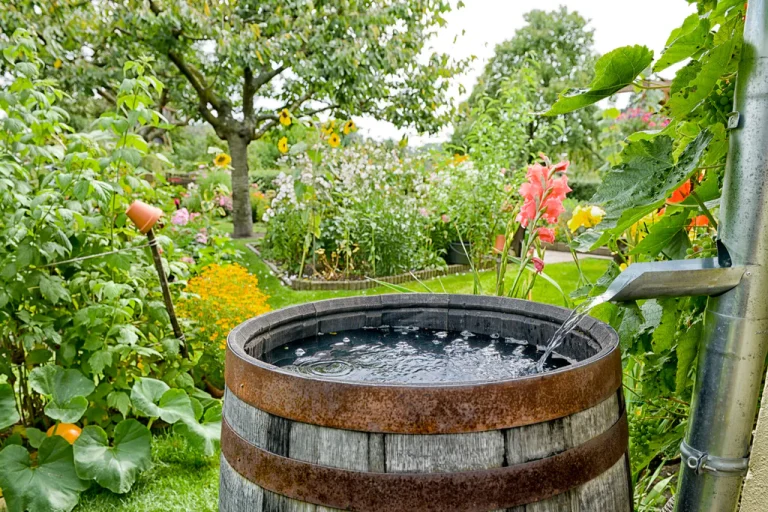Are you struggling to choose the perfect plants for your garden? Finding the right plants that thrive in your garden’s specific conditions can be quite the challenge. But fear not, because in this article, you will discover some helpful tips and tricks to guide you in selecting the ideal plants for your garden. Whether you have limited sunlight, poor soil quality, or varying temperatures, we’ve got you covered. So, let’s dig in and unlock the secrets to creating a flourishing garden in any condition!

Table of Contents
ToggleFactors to Consider
Climate
The climate of your location plays a crucial role in determining the type of plants that will thrive in your garden. Consider the average temperatures, precipitation levels, and seasonal variations. Some plants prefer cooler climates, while others thrive in warmer temperatures. Understanding your climate will help you choose plants that can tolerate the conditions and adapt to the changing seasons.
Sunlight
The amount of sunlight your garden receives is another important factor to consider. Different plants have varying light requirements, ranging from full sun to partial shade or full shade. Observe the amount of sunlight your garden receives throughout the day and identify areas with direct sunlight and those that are shaded. This will help you determine the best location for each plant in your garden.
Soil Type
The type of soil in your garden can significantly influence plant growth and health. Assess the soil’s texture, fertility, pH levels, and drainage capacity. Some plants thrive in well-draining sandy soils, while others prefer loamy or clay soils. Conduct a soil test to determine its nutrient levels and pH to select plants that will flourish in your specific soil conditions. If necessary, amend the soil with organic matter to improve its quality.
Drainage
Good drainage is essential for plant health and prevents waterlogging, which can lead to root rot. Assess your garden’s drainage by observing how long it takes for water to drain after rainfall or irrigation. If you have poorly draining soil, consider using raised beds or implementing drainage solutions, such as adding gravel or creating swales, before selecting plants.
Moisture Levels
Understanding the moisture levels in your garden is crucial for plant selection. Some plants are drought-tolerant and require minimal watering, while others thrive in moisture-rich environments. Consider the natural rainfall patterns in your region and determine if additional irrigation will be necessary. Also, observe any areas in your garden that retain more moisture or become excessively dry to select plants that can adapt to these conditions.
Space Availability
Consider the available space in your garden before selecting plants. Determine the size and dimensions of the area where you plan to plant. Take into account any existing structures, trees, or other plants that may affect spacing. Additionally, consider the vertical space if you have trellises or plan to use climbers. Understanding the space limitations will help you choose plants that will fit and allow for their proper growth and development.
Hardiness Zone
Identify your garden’s hardiness zone, which is determined by the average annual minimum temperature in your region. Each plant has a specific hardiness range within which it can survive and thrive. By selecting plants that are suitable for your hardiness zone, you increase the chances of their successful growth and survival in your garden.
Plant Growth Patterns
Different plants have distinct growth patterns and habits. Some plants grow tall and erect, while others spread out or form clumps. Understanding these growth patterns is essential for proper spacing and plant placement in your garden. Consider the eventual size and shape of the plants at maturity to ensure they do not overcrowd each other or nearby structures.
Pest and Disease Resistance
When selecting plants for your garden, it is important to consider their resistance to common pests and diseases in your area. Certain plants may be more susceptible to specific pests or diseases, requiring additional care or treatments. By opting for plants with natural resistance or tolerance, you can reduce the risk of potential infestation or disease outbreaks and minimize the need for chemical interventions.
Maintenance Requirements
Different plants have varying maintenance needs, including watering, pruning, fertilizing, and pest control. Consider the amount of time and effort you are willing to invest in your garden’s maintenance. If you have a busy lifestyle or prefer low-maintenance gardening, choose plants that require minimal care. On the other hand, if you enjoy spending time tending to your garden, select plants that will provide you with opportunities for regular involvement and enjoyment.
Researching Plant Types
Native Plants
Native plants are excellent choices for your garden as they have evolved to thrive in your specific region’s climate and conditions. They are well-adapted to the local ecosystem and provide habitat and food for local wildlife. Research the native plants in your area and include them in your garden to support biodiversity and create a sustainable environment.
Adaptation
Look for plants that are known to adapt well to various conditions. These plants have a higher chance of surviving and thriving in different climates, soil types, and sunlight levels. They can withstand fluctuations and adapt to changes, making them versatile choices for your garden.
Plant Databases
Utilize plant databases and directories to explore a wide variety of plants suitable for your garden’s conditions. These databases provide comprehensive information on plant characteristics, growing requirements, and maintenance tips. They are invaluable resources for finding the right plants for your garden, especially if you have specific criteria or preferences.
Garden Books and Magazines
Garden books and magazines offer a wealth of information on various plant species and garden design. They provide inspiration, advice, and detailed guides on selecting and growing plants. Explore different books and magazines that focus on your specific gardening interests or regional gardening to discover new plant options and design ideas.
Online Forums and Communities
Engage with online gardening forums and communities to connect with experienced gardeners and enthusiasts. These platforms offer a platform for sharing knowledge, asking questions, and discussing gardening topics. By participating in these online communities, you can gain valuable insights, recommendations, and personal experiences related to plant selection and gardening in your specific conditions.
Consulting Local Experts
Local garden centers, horticulturalists, and landscaping professionals are knowledgeable sources of information about plants suitable for your area. Visit local nurseries and consult experts who can guide you in selecting the best plants for your garden. They can provide valuable advice based on their expertise and experience in your specific region.
Gardening Classes and Workshops
Consider enrolling in gardening classes or workshops to enhance your knowledge and skills in plant selection. These educational opportunities cover a wide range of gardening topics, including plant identification, growing techniques, and garden design. Attending these classes can empower you to make informed decisions when selecting plants for your garden.
Garden Tours and Shows
Participating in garden tours and attending garden shows in your local area can expose you to a wide variety of plants and garden designs. These events allow you to explore different gardens and observe how plants thrive in various conditions. Take note of the plants that catch your attention and inquire about their suitability for your garden.
Trial and Error
Sometimes, the best way to discover the right plants for your garden is through trial and error. Experiment with different plant varieties and observe their performance over time. Take note of their adaptability, growth, and overall health. By learning from your successes and failures, you can refine your plant selection process and make more informed choices in the future.
Creating Test Beds
To conduct controlled experiments and observe plant performance, consider creating test beds in your garden. Allocate specific areas where you can plant different varieties of the same species or test out new plants. Monitor their growth, health, and response to the garden conditions. This hands-on approach allows you to gather firsthand data and make more informed decisions when selecting plants for your garden.
Selecting Plants Based on Specific Conditions
Cold Climate Gardens
For gardens in cold climates, choose plants that are hardy and can withstand freezing temperatures. Consider evergreen trees and shrubs, perennial flowers, and cold-tolerant vegetables. Look for plants that have a proven track record of surviving in similar climates to ensure their success in your garden.
Hot and Dry Gardens
In hot and dry climates, select plants that are drought-tolerant and can thrive in arid conditions. Look for succulents, cacti, and plants with silver or gray foliage, as they often have adaptations to conserve water. Consider using mulch and other water-conserving techniques to help maintain soil moisture levels.
Shaded Gardens
If your garden is mostly shaded, focus on shade-loving plants that can flourish with limited sunlight. Look for ferns, hostas, astilbes, and other plants known for their ability to grow in the shade. Ensure that you choose shade-tolerant varieties of flowers, shrubs, and trees to create a beautiful and vibrant shaded garden.
Waterlogged Gardens
Gardens with poor drainage or consistently moist soil require plants that can tolerate waterlogged conditions. Seek out plants that thrive in wetlands or marshy areas. Consider water-loving plants like irises, cannas, and certain grasses that can thrive in soggy soil. Additionally, improve drainage by adding organic matter or installing drainage systems to mitigate waterlogging issues.
Pollinator-friendly Gardens
To create a pollinator-friendly garden, select plants that attract bees, butterflies, hummingbirds, and other beneficial insects. Choose nectar-rich flowers, such as coneflowers, bee balm, and lavender, as well as plants with pollen-rich flowers. Avoid using pesticides that could harm pollinators and provide water sources like birdbaths or shallow dishes for bees to drink from.
Container Gardens
If you have limited space, container gardening provides an excellent opportunity to grow plants. Choose compact or dwarf varieties that can thrive in containers. Consider the specific needs of each plant, such as sunlight requirements and container size. Mix different plants with similar needs, or create themed container gardens, such as herb gardens or succulent displays.
Rock Gardens
Rock gardens offer a unique opportunity to grow plants among rocks and create a visually striking landscape. Look for plants that can tolerate well-drained, rocky soil and hot and dry conditions. Choose low-growing succulents, alpine plants, and small ornamental grasses to create a beautiful rock garden that requires minimal maintenance.
Coastal Gardens
Coastal gardens have to contend with strong winds, salt spray, and sandy soil. Select plants that are salt-tolerant and can withstand the coastal conditions. Look for plants with silver or waxy leaves that can help reduce water loss through transpiration. Additionally, consider windbreaks like hedges or fences to protect more delicate plants.
Urban Gardens
Urban gardens often have limited space and may also face challenges like pollution and limited sunlight due to tall buildings. Opt for compact plants that can fit in small spaces, such as balcony or rooftop gardens. Choose plants that are more tolerant of urban conditions, including air pollution. Vertical gardening using trellises or living walls can maximize space in urban gardens.
Children’s Gardens
Creating a garden for children is an excellent opportunity to introduce them to the wonders of nature and gardening. Select plants that are easy to grow and have interesting features, such as colorful flowers, edible fruits or vegetables, or captivating textures. Incorporate interactive elements like stepping stones, sensory plants, and child-sized tools to make the garden engaging and educational for children.
Considering Plant Characteristics
Plant Size and Form
Consider the mature size and form of plants to ensure they fit well within your garden’s space and design. Choose plants that will not overcrowd or overshadow other plants or structures. Select a combination of tall, medium, and low-growing plants to create a visually appealing and balanced garden.
Longevity
Some plants are short-lived, while others can be long-lived perennials or even trees. Consider the lifespan of plants when making your selection. Long-lived plants provide a lasting presence in your garden, while shorter-lived plants offer the opportunity to change the garden’s look and feel more frequently.
Blooming Period
Plants bloom at different times throughout the year, adding color and interest to your garden. Select plants with diverse blooming periods to ensure that your garden remains vibrant and attractive throughout the seasons. Mix early-blooming, mid-season, and late-blooming plants for a continuous display of blooms.
Color Palette
The color palette of your garden can create a specific ambiance and visual impact. Choose plant colors that complement each other and suit your personal preferences. Create a harmonious color scheme or opt for contrasting colors to add excitement and intrigue to your garden.
Foliage and Texture
Plants with varying foliage types and textures add depth and interest to your garden design. Consider plants with broad leaves, finely cut foliage, or variegated patterns. A mix of textures, such as smooth, rough, or fuzzy foliage, can create a visually appealing garden that is pleasing to touch as well.
Fragrance
The scent of flowering plants can enhance your garden experience. Choose fragrant plants that release pleasant scents throughout the day or during specific times, such as evening blooming plants. Incorporate aromatic herbs or flowering shrubs with captivating fragrances to awaken your senses while enjoying your garden.
Attractiveness to Wildlife
If you want to attract wildlife to your garden, select plants that provide food, shelter, and habitat for birds, butterflies, bees, and other beneficial creatures. Choose flowering plants that provide nectar and pollen, as well as plants that produce fruits, berries, or seeds for wildlife to feed on.
Edible Plants
Consider growing edible plants in your garden to enjoy the fruits of your labor. Vegetables, herbs, and fruit-bearing shrubs or trees can provide you with fresh and flavorful produce. Research their specific growing requirements and consider the available space and sunlight in your garden before including edible plants.
Indoor and Houseplants
Indoor and houseplants bring greenery and vitality to your home. Consider the lighting conditions indoors and choose plants that can thrive in low-light or bright areas. Opt for low-maintenance indoor plants if you have limited time for care. Select houseplants that appeal to your aesthetic preferences and complement your interior décor.
Non-Toxic Plants
If you have pets or young children, it is essential to choose non-toxic plants to ensure their safety. Some plants may be harmful if ingested or if their sap comes into contact with the skin. Research and select plants that are safe for your household members and provide a worry-free environment.
Experimenting and Monitoring
Starting Small
When trying out new plants or experimenting with different varieties, start small. Begin with a few plants of each type and observe their performance over time. This allows you to assess their adaptability to your garden’s conditions without committing to a large-scale planting.
Keeping Records
Maintain a gardening journal or spreadsheet to keep track of the plants you have tried and their performance. Note down important information such as planting dates, maintenance tasks, growth patterns, and any challenges or successes encountered. These records will serve as a valuable reference for future plant selection decisions.
Observing Plant Performance
Regularly observe and evaluate the performance of your plants. Look for signs of healthy growth, blooming, and resistance to pests and diseases. Take note of any plants that may be struggling or not thriving as expected. This ongoing observation and assessment will help you make informed decisions about the suitability of plants for your garden.
Making Adjustments
Be prepared to make adjustments to your plant selection if necessary. If a particular plant is not flourishing in your garden, consider replacing it with a more suitable alternative. Assess the reasons for the poor performance and adjust your selection criteria accordingly. Gardening is a continuous learning process, and making adjustments is part of the journey.
Seeking Professional Advice
If you encounter challenges or have specific concerns about plant selection, do not hesitate to seek advice from professionals. Consult a local horticulturalist or landscaping expert who can provide guidance tailored to your specific garden conditions. Their expertise can save you time, effort, and resources in selecting the right plants for your garden.
Garden Maintenance
Maintaining your garden regularly is key to its overall health and longevity. Follow proper gardening practices, including watering, pruning, and fertilizing, based on the specific needs of your plants. Regularly check for pests and diseases and take appropriate action if necessary. By providing consistent care, you can ensure the success of the plants in your garden.







